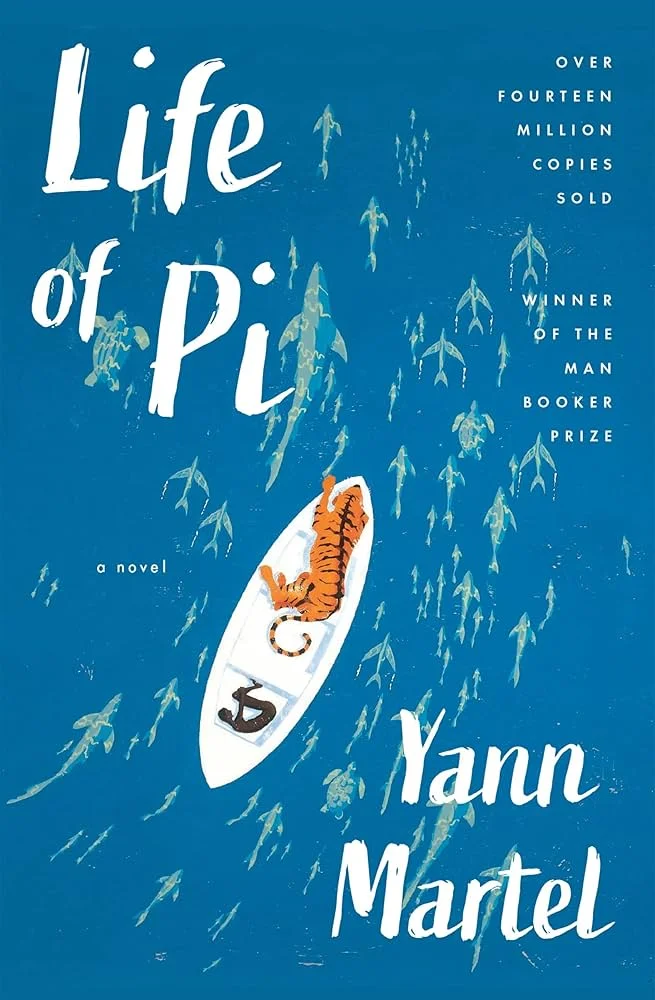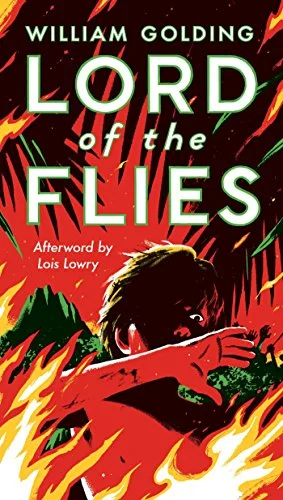Yann Martel’s Life of Pi is a novel that moves beyond survival and faith. At its heart lies a profound meditation on storytelling and the nature of truth.
Through a layered narrative structure and an ambiguous ending, the novel asks readers not only what they believe, but why they believe it. Instead of presenting one definitive reality, the book creates space for multiple truths to coexist, inviting the reader to question the relationship between facts and meaning.
Two versions of the same story
The most provocative moment in the novel comes when Pi, after surviving 227 days at sea, tells two drastically different versions of his ordeal. The first is an elaborate story involving a Bengal tiger named Richard Parker, a zebra, an orangutan, and a hyena—all stranded together on a lifeboat. The second is a stark, brutal account in which humans replace the animals, and survival comes through violence and trauma.
The reader is not told definitively which story is true. Instead, Pi poses a question: which story do you prefer? This forces the reader to confront the idea that truth may not always be rooted in objective facts, but in emotional resonance and psychological necessity.
The unreliable narrator as a mirror
Pi is not a deceptive narrator, but he is a reflective one. His dual storytelling challenges the assumption that truth must be singular. The two stories do not contradict each other so much as they exist in parallel. They invite the reader to examine how much of what is accepted as real is shaped by narrative framing.
This ambiguity turns the reader into an active participant. Rather than passively consuming a tale of survival, the reader is asked to make an interpretive decision. This act of choosing reflects how individuals process their own experiences, often blending memory with interpretation.
The function of metaphor in narrative truth
Martel uses the animal story as a metaphorical shield, protecting both Pi and the reader from the horror of the more violent account. By transforming people into animals, the novel creates emotional distance. The tiger becomes not only a creature of survival but a symbol of Pi’s own will to live. The hyena, with its viciousness, represents human cruelty when stripped of law and morality.
Metaphor here does not distort truth; it reshapes it. It provides a lens through which unbearable reality becomes survivable. In choosing the animal version, the reader is not necessarily rejecting fact, but engaging with a different form of emotional or psychological accuracy.
Storytelling as survival
Throughout the novel, storytelling is presented not just as a coping mechanism, but as a lifeline. Pi, trapped in an unthinkable situation, uses narrative to maintain his sense of identity, belief, and coherence. In the lifeboat, surrounded by vast emptiness, story gives shape to chaos.
This approach challenges conventional understandings of truth as static. Instead, truth becomes something living, shaped by the teller’s needs and context. The choice to tell the animal story is not deceit; it is a method of enduring. It transforms trauma into meaning.
The reader’s moral engagement
By withholding a definitive answer, Martel forces the reader into a position of moral responsibility. Accepting the first version means embracing metaphor, myth, and a vision of survival that allows for beauty amid horror. Accepting the second requires acknowledging the darker capacities of humanity and the raw facts of violence and despair.
Neither choice is incorrect, but each carries implications about how one views the world. The reader is not asked, “What happened?” but “What do you need to believe?” This question shifts the role of literature from informing to transforming.
Layers of narrative framing
The novel itself is framed through multiple storytellers. An author character, similar to Martel, meets the adult Pi in Canada and listens to his tale. This added layer reminds the reader that even this version of the story is filtered. Truth becomes something told and retold, shaped with every handoff.
The use of these frames challenges linear understanding. It underscores how easily stories become part of belief systems, and how belief, once formed, can shape one’s understanding of reality.
Faith and truth as intertwined themes
Pi is a character deeply engaged with religious faith. Before his journey begins, he practices Hinduism, Christianity, and Islam simultaneously, believing each contains beauty and wisdom. His approach to religion mirrors his approach to storytelling: embracing multiple perspectives instead of choosing one exclusive path.
This theological openness prepares the reader for the novel’s final ambiguity. Faith, like narrative, requires acceptance of what cannot be fully proven. Pi’s survival tale is not meant to be dissected for forensic accuracy. Instead, it is a story that functions like belief—powerful because of what it evokes, not what it can prove.
Why we need stories with flexible truths
Human beings are meaning-making creatures. In times of fear, grief, or uncertainty, stories become tools to impose order on chaos. Life of Pi does not deny reality but invites a conversation about how truth is shaped by the needs of the person telling it.
This resonates beyond fiction. People regularly tell their own stories through selective memory or softened endings. Families remember past events in ways that protect their cohesion. Individuals reshape difficult experiences into redemptive arcs. These actions are not necessarily dishonest—they are ways to live with events that might otherwise be too overwhelming.
Reader reactions and personal lenses
The story one chooses to believe often reveals something about their emotional worldview. Readers drawn to the first story may value wonder, metaphor, and spiritual endurance. Those who favor the second may place higher value on realism, logic, and historical accuracy.
What matters is not the “correct” answer, but the reflection it inspires. Life of Pi asks readers to consider how they navigate their own truths—how they interpret experience, reconcile trauma, and decide what makes life worth continuing.
Literature as a testing ground for belief
In the end, Life of Pi challenges not just the boundaries of narrative truth, but the function of fiction itself. It presents a story that tests the reader’s desire for certainty and dares them to choose ambiguity. Through its structure, themes, and conclusion, it reveals that truth in literature may not lie in fact, but in resonance.
The story chosen becomes less about the actual events at sea and more about what the reader needs stories to do. Whether to make sense of the unimaginable, to preserve beauty, or to confront the worst parts of reality, the act of choosing becomes an act of self-revelation. The truth, then, is not fixed on the page—it emerges between the lines, shaped by who is reading.


